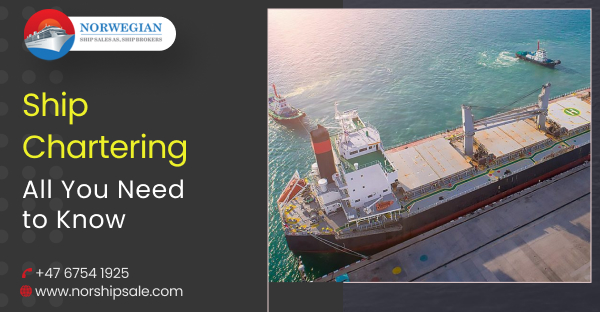Bridge resource management is a safety technology found in most of the ships today. It reduces the chances of human error and minimizes the risk of maritime accidents. Simply explained, bridge resource management (BRM) unites all the human and technical resources of a ship with an aim to complete the successful navigation of a ship’s voyage route in a safe manner. If you’re a maritime investor looking to purchase cruise ships for sale, make sure you get a vessel that is well-integrated with an effective BRM tool.
Below, we look at some key elements of Bride Resource Management.
Boosting team work
Bridge resource management (BRM) puts special emphasis on building a united and organized team. Effective team work makes it easier to handle the day-to-day challenges faced by a ship’s crew members. Building a team means that each member of the crew gets involved in taking care of the regular problems, rather than being just spectators. A well-oiled crew unit should be prepared for any emergency situation and be able to identify errors in their response chain. When it comes to adapting to a BRM tool, team discussions become an important part of it. The watch officer on the bridge should work in tandem with the lookout personnel to ensure safe navigation. There are various factors determining the safety and accuracy of a ship’s navigation, and hence, shouldn’t be the job of only one man. The lookout team at the bridge should share a common view of the path ahead and everyone must be allowed to speak up in case of any doubts. Working as a team gives the opportunity to every member to do their best.
Effective communication
Improving the communication chain between crew members is a crucial factor to successful BRM. To ensure safe and effective navigation of the ship, it is important that the transfer of information happens in a systematic and structural way. Messages conveyed by one crew member need to be clearly understood and acknowledged by the other crew member. For any doubts, the receiver shall immediately clarify and ask questions. Most often, accidents happen due to miscommunication between members. When a message is conveyed, the receiver must repeat the order and confirm if the message is rightly understood. This minimizes the chances of ambiguous messages and misinformation between crew members. Hence, all members on board must double check the messages they receive. It is also recommended to use a common language on the ship to ensure quicker transfer of information.
Preparedness for any situation
BRM is all about planning ahead and being prepared for any emergency. Crew members and ship officers must keep a look on both the internal and external conditions that may impact the safety of the ship. All the mariners onboard must be alert and aware of their surroundings and be ready to deal with the unexpected.
Taking quick decisions
Taking quick and efficient decisions is a key factor in BRM. While it is agreed that the captain of the ship is the final authority, but he should always be ready to take inputs from other crew members onboard. It is important to take into considerationall relevant information before arriving on a decision. They must conduct meetings with other ship officers and crew members before taking a thoughtful and final decision. Past experience counts as a big factor in decision-making prowess. Since the ship’s captain is typically the most experienced person on the ship, the final decision power lays with him.
Conclusion
BRM is a very crucial factor in the safety of marine vessels. If you’re looking to buy cruise ships for sale, we suggest choosing a ship with integrated BRM. For a consult, contact Norwegian Ship Sales.


